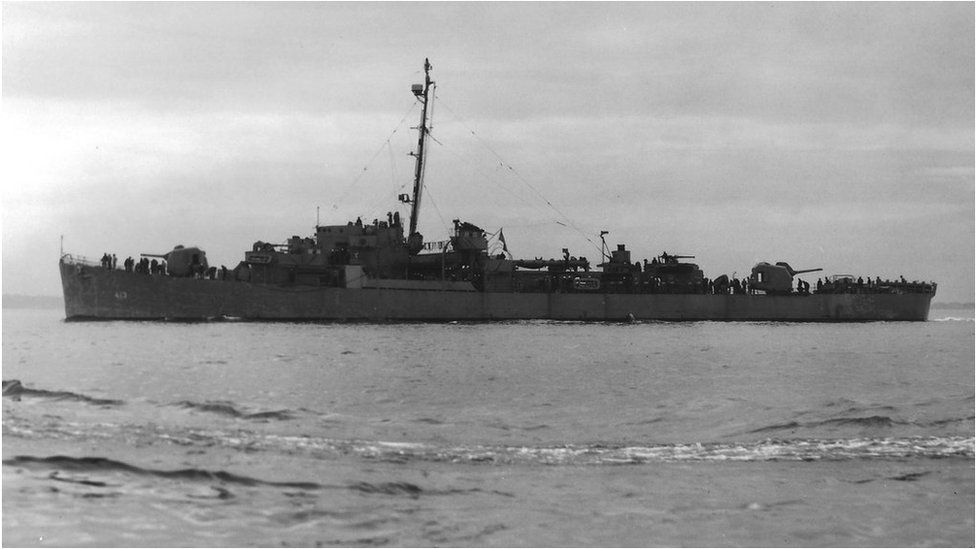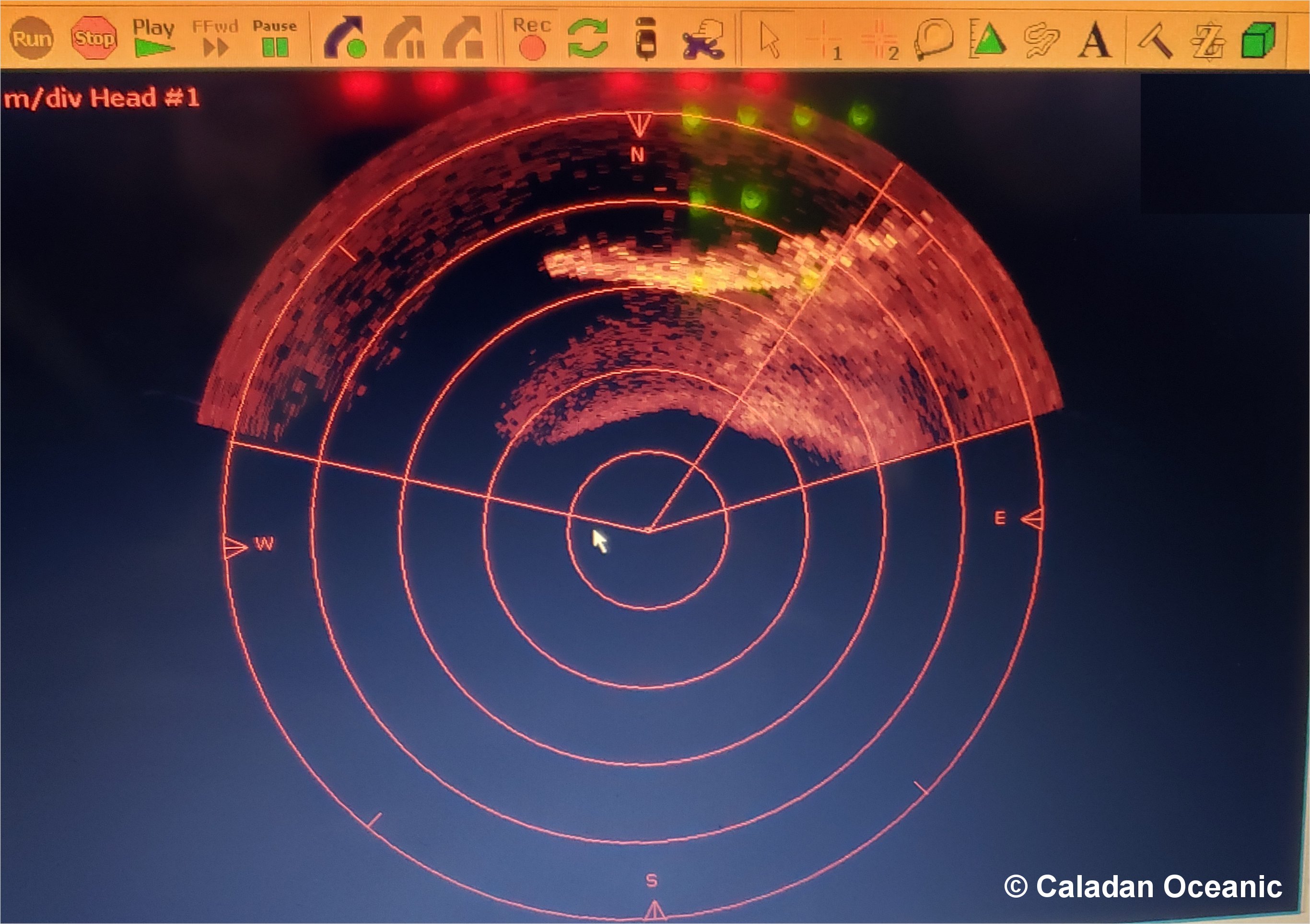The remains of a US Navy destroyer from World War II, now known as the world’s deepest shipwreck, have been discovered more than 22,600 feet beneath the Pacific Ocean’s surface.
World’s No.1 Defense Contractor Lockheed Martin Is Out Of Hypersonic Interceptor Program Race
On Wednesday, the USS Destroyer Escort Samuel B Roberts (DE-413), or “Sammy B,” was discovered in the Philippine Sea. The ship was struck by Japanese fire and sank during the Battle Of Samar in the Philippine Sea in October 1944.
Texas billionaire Victor Vescovo located the Sammy B.
Earlier, the USS Johnston, discovered last year by Vescovo, was the deepest wreck ever identified and investigated. It was located at a depth of 6,469 meters (21223.75 feet)
Vescovo and sonar specialist Jeremie Morizet went down to track the wreckage. The ship has broken into two parts roughly 10 meters (33 feet) apart.
Sammy B can be seen lying on the ocean floor in a video that Vescovo posted on his Twitter account. “It appears her bow hit the seafloor with some force, causing some buckling,” he shared in a tweet.
Part of the dive on the Sammy B. It appears her bow hit the seafloor with some force, causing some buckling. Her stern also separated about 5 meters on impact, but the whole wreck was together. This small ship took on the finest of the Japanese Navy, fighting them to the end. pic.twitter.com/fvi6uB0xUQ
— Victor Vescovo (@VictorVescovo) June 24, 2022
“Her stern also separated about 5 meters on impact, but the whole wreck was together. This small ship took on the finest of the Japanese Navy, fighting them to the end.”
On 15 October 1944, the Japanese launched one more attack off the Philippines coast as Allied forces made their way west and away from the enemy firing line.
The Sammy B was one of the last remaining US ships and is remembered for its heroic resistance to the Japanese. It faced three Japanese battleships, including the Yamato, considered the largest ever built.

Despite being overwhelmed by the Japanese fleet, the ship gave a tough fight until shells pierced its walls and started to sink. The US ship had 224 crew members on board, 89 of whom were killed. Captain Robert W Copeland was among those who survived.
“The heroism of her captain and crew is legendary in the Navy, and it was a great honor to find her final resting place. I think it helps bring closure to the ship’s story for the families of those lost and those who served on her.
I think that having a ship vanish into the depths, never to be seen again, can leave those affiliated with the ship feeling a sense of emptiness,” Vescovo told CNN.
“Finding the wrecks can help bring closure and details about the battle that perhaps we didn’t know before. As we say, ‘Steel doesn’t lie.'”
Use of High Tech Sonar System
To locate the ship and another US ship, the Gambier Bay, Vescovo, the founder of exploration company Caladan Oceanic, and a crew from EYOS Expeditions undertook six dives over eight days.
The team was assisted with a specially constructed sidescan solar system and extensive research because the position of the ships had been wrongly indicated in documents.
They first discovered Sammy B-related wreckage, including a three-tube torpedo launcher, unique among the sunken ships. They found the wreck on the last day.

Finding the ship, according to Vescovo, was an “honor,” and locating it allowed the team to “retell her story of heroism and duty,” he said in a statement.
“In difficult times, it’s important to reflect on those who sacrificed so much, so willingly, in even more difficult times to ensure our freedoms and way of life,” he said.
“I always remain in awe of the extraordinary bravery of those who fought in this battle against truly overwhelming odds — and won.”
Vescovo said that the Sammy B was a small military vessel, and they weren’t convinced they could discover the Sammy B in the vast and bottomless ocean where she went down.
However, he added that the team was able to locate her and provide a fantastic opportunity to share her incredible story thanks to persistence, some excellent historical analysis, a lot of deep ocean equipment, and strenuous effort.

“It is unbelievably thrilling to find a wreck on the bottom of the deep ocean, given all the difficulties in trying to find them. It is such an immense privilege to be the first person to see them after they went down in battle almost 80 years ago.”
The team also descended to a depth of over 7,000 meters to search for a carrier named Gambier Bay, but they were unsuccessful. Due to a lack of information, they chose not to search for the other destroyer, USS Hoel.
However, the Sammy B might not continue to be the deepest wreck for very long. The company believes that its new Deep Ocean Search sidescan sonar, tested to a depth of 11,000 meters, or the full ocean depth, is the deepest side-scan sonar ever used on a submersible.
Typically, they can only work up to 6,000 meters. The Caladan Oceanic crew intends to dive to the bottom next month.
- Contact the author at ashishmichel@gmail.com
- Follow EurAsian Times on Google News




